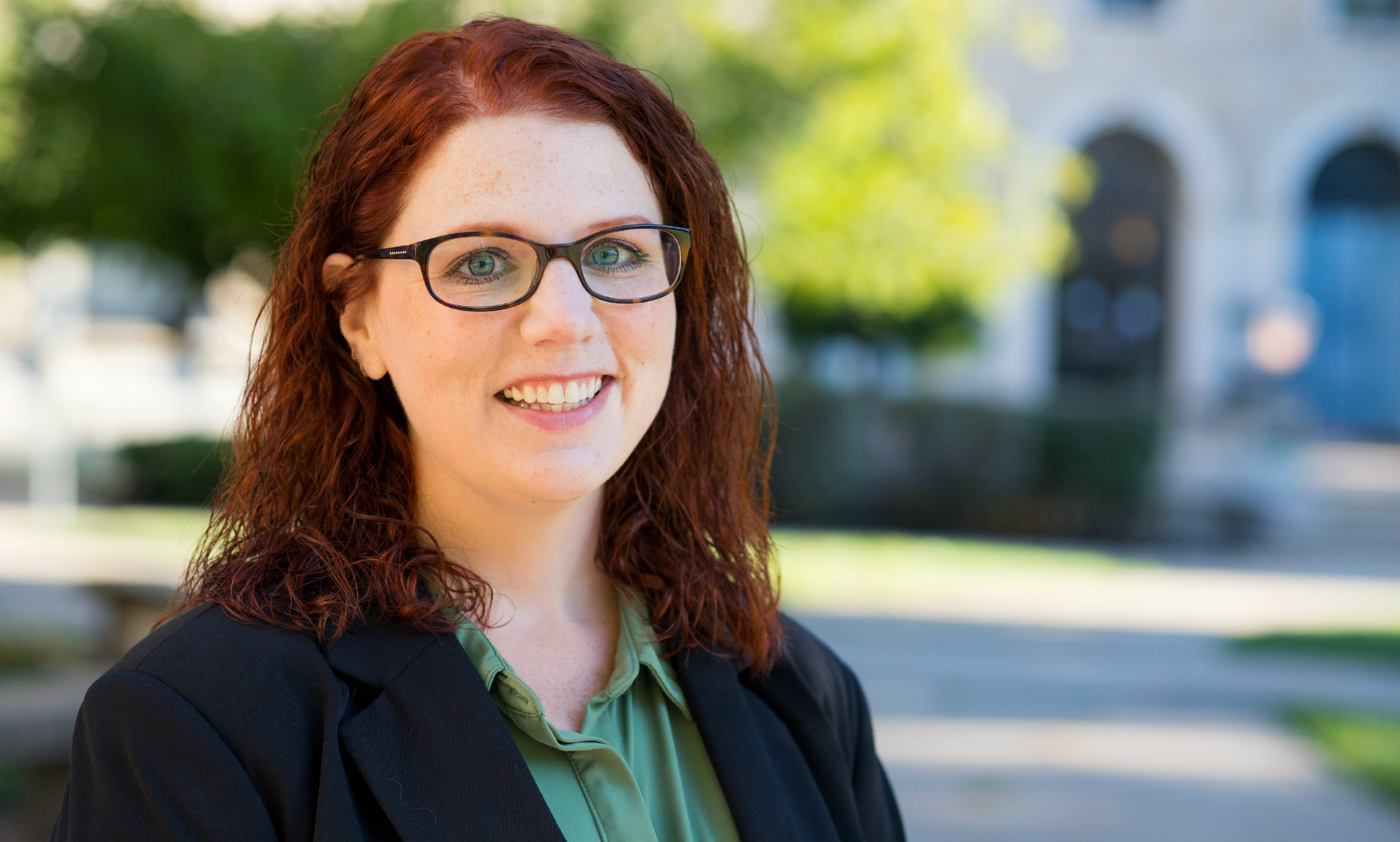PFAS (polyfluoroalkyl substances) solutions can be found everywhere, even in the places you least expect. It’s a lab-made compound of synthetic material that has been in use since the 1930s. Wrinkle-resistant clothing, nonstick cookware and firefighting foam are just a few of the many things that contain this material, incorporating it into our daily lives and, quietly, causing harm.
Assistant Professor of Civil and Mechanical Engineering Megan Hart received $354,000 in funding from the Department of Defense’s Strategic and Environmental Research and Development Program (SERDP) for a two-year project focused on destroying PFAS in concentrated liquid waste streams through a series of lab-based tests.
Though the actual project won’t begin until May, Hart is already hard at work conducting chemical engineering experiments in her lab as she figures out the best way to destroy the harmful material, which she said is no easy feat.
“Traditionally, people incinerate the wastes containing PFAS, but there is growing evidence that it becomes airborne and redeposits in the soil around the smelters,” Hart said.
“This is the first time a SERDP grant has been awarded at UMKC and we are very excited,”
One of Hart’s research focuses is groundwater and geochemical influences on soil stability, so she’s naturally excited by the opportunity to put on her gloves and experiment in the lab.
She developed a treatment technology that combines two major methods for PFAS removal in water – pH and free-radical destruction. The technology is engineered to release hydroxyl radicals (a type of free radical with the most active chemical properties. They have a high reaction rate and cause the most harm among the free radicals) into a solution that passes through it. Those radicals are then excited with UV light to form free radicals, which attack and destroy the PFAS in groundwater and waste water solutions. Hart says that some PFAS are easier to destroy than others but all of them are destroyed using the method she developed.
“Traditionally, people incinerate the wastes containing PFAS, but there is growing evidence that it becomes airborne and redeposits in the soil around the smelters.”
Hart was able to leverage an existing relationship with Geosyntec, who funded previous work on novel remedial treatment technologies for PFAS.
“This is the first time a SERDP grant has been awarded at UMKC and we are very excited,” said John Kevern, civil and mechanical engineering department chair.
PFAS has been part of a larger conversation surrounding environmental sustainability and its negative effects on the human body. As an example of how serious the issue is, Hart mentioned an ongoing lawsuit where airline employees claim their uniforms — containing PFAS for wrinkle-resistance — are making them sick. The issue has also been raised in some ongoing presidential campaigns.
“I’m excited to start working on this project, and can’t wait to get back more results to share,” Hart said.
In addition to the SERDP grant, Hart will be working on a separate project to remove PFAS material from consumer-based products including popcorn bags that contain PFAS material to keep them from combusting in the microwave. She said that she’s equally excited to begin that work in the near future.

